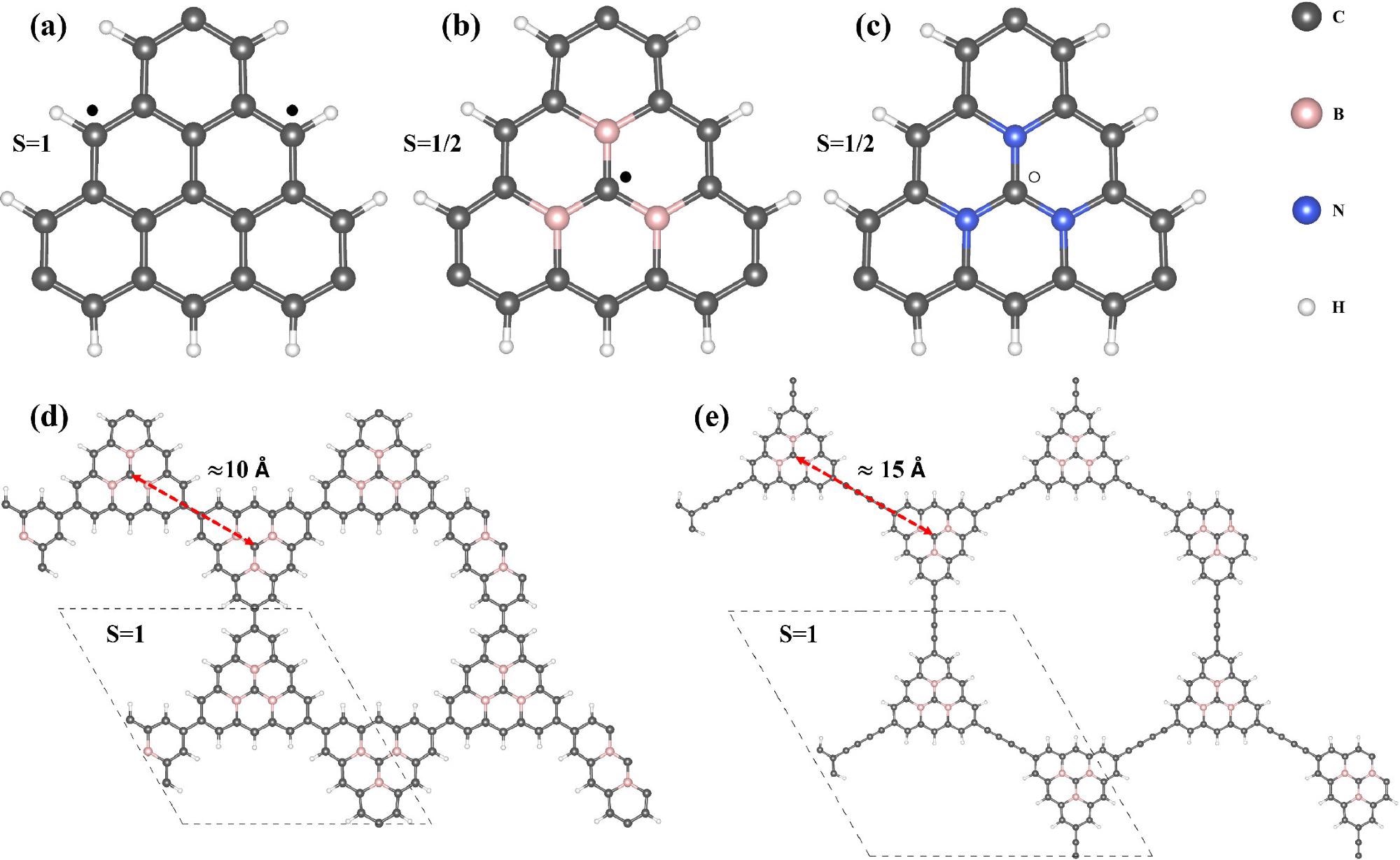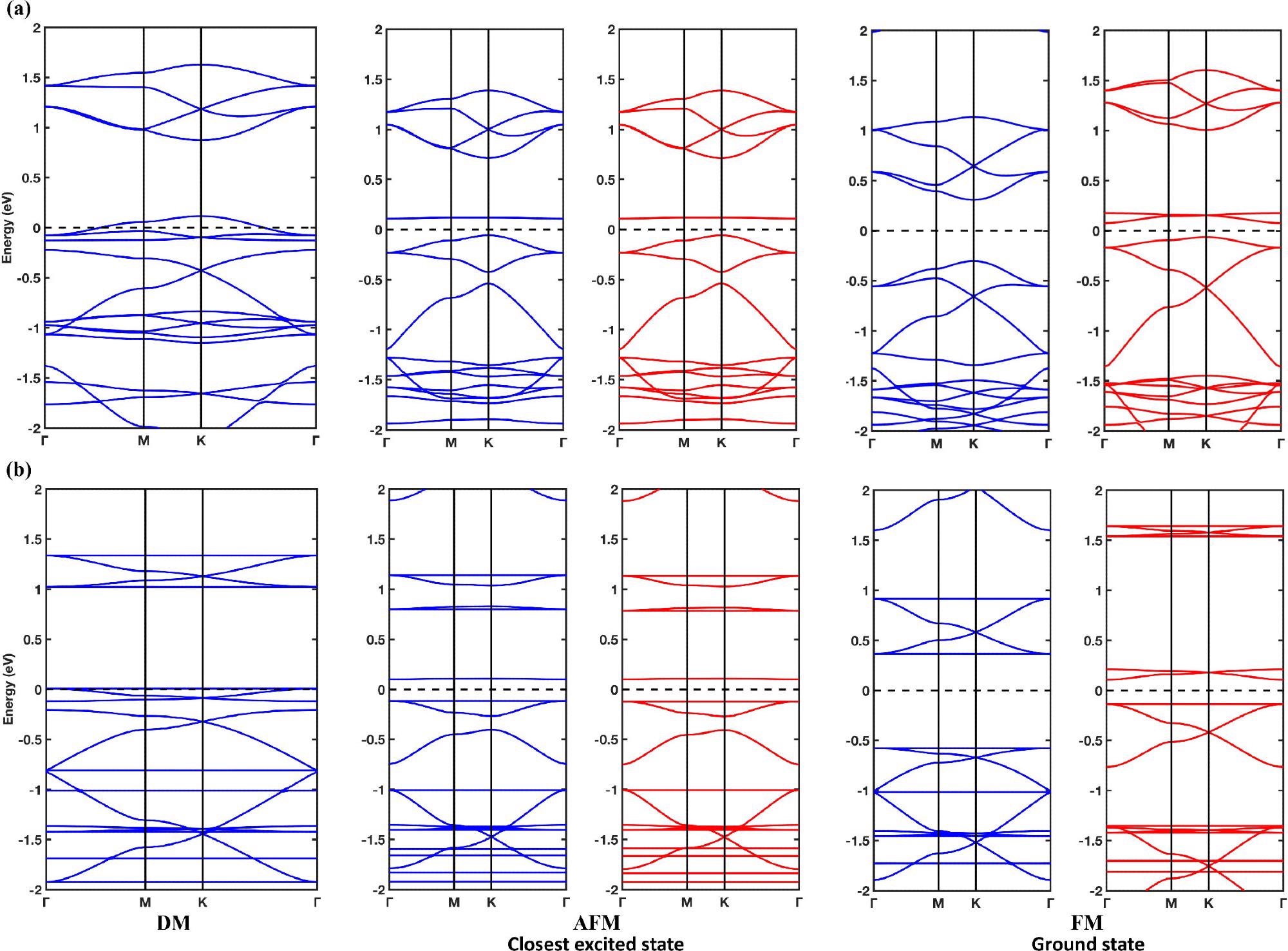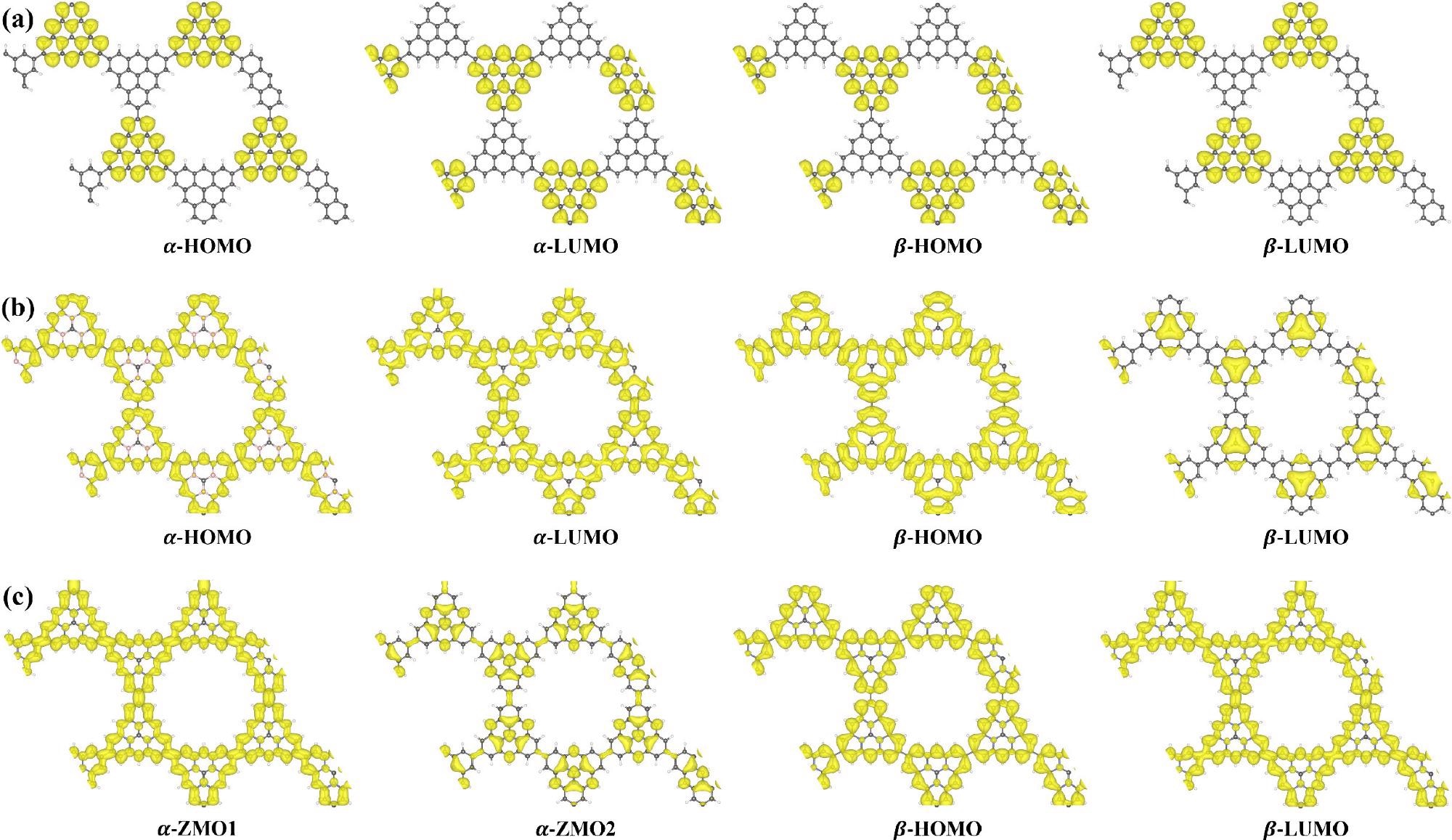 By Surbhi JainReviewed by Susha Cheriyedath, M.Sc.Apr 1 2022
By Surbhi JainReviewed by Susha Cheriyedath, M.Sc.Apr 1 2022In an article recently published in the journal Carbon Trends, researchers discussed the control of the magnetic properties of two-dimensional (2D) carbon-based Kagome polymers.

Study: Controlling the Magnetic Properties of Two-Dimensional Carbon-based Kagome Polymers. Image Credit: yevgeniya.losowski/Shutterstock.com
Background
Over the last decade, polycyclic conjugated nanostructures like carbon-based triangulenes have piqued curiosity, particularly when persisting magnetic characteristics for adsorbed species are being investigated. Triangulenes are ideal candidates for forming 2D Kagome polymer (KP) having graphene-like D3h symmetry, which results in identifiable electrical properties.
Although creating a broad domain of a magnetic 2D polymer using a surface-assisted synthesis strategy is difficult, the recent discovery of anti-ferromagnetism on a triangulene nanostar clearly paves the way for the fabrication of spin-polarized 2D KP systems. Nonetheless, Ullmann coupling has been used to synthesize 2D-KP from hetero-triangulenes, which are closed-shell building blocks including elements such as oxygen, nitrogen, and boron.
Although there is no practical or theoretical evidence for magnetism in 2D KP derived from these closed-shell hetero-triangulenes, the corresponding Dirac and flat bands properties are present. Alternatively, with open-shell graphene nanoflakes produced 2D polymers, multiple theoretical research claim an antiferromagnetic (AFM) ground state; one of them found an intriguing Mott-insulating ground state in the hetero-triangulene-based polymer. However, no ferromagnetic (FM) ground states have been observed so far for any triangulenes-derived 2D polymers.

Tunable spintronics in triangulene-based polymers. (a-c) Chemical structure of different triangulene-based monomers. Three B or N atoms have replaced the first nearest neighbor atoms of central C atom in (b-c). Unpaired electron sites have been indicated by the solid black dots, while the hollow black dot represent the unpaired hole site in Tr3N (and Tr3N-CC). (d-e) Formation of Kagome lattice: B-rich triangulene polymer with (d) direct C-C bond and (e) diacetylenic linker between monomers. The distance between central C atoms is indicated by a red arrow. Dashed box depicts the repeating units of the polymers. Corresponding total spin (S) for the monomers and polymers (spin/unit cell) are provided for reference. Image Credit: Anindya, K. N et al., Polymers
About the Study
In this study, the authors investigated a viable way to control the magnetic properties of 2D organic polymers based on all-carbon triangulene monomers using first-principles calculations.
The researchers determined the antiferromagnetic ground state of the Kagome-organized triangulene polymer and also demonstrated its potential to act as a Mott-insulator with low carrier mobilities. The triangulenes were doped with nitrogen or boron atoms to transform the polymer's ground state into a stable ferromagnetic phase that was well separated from the antiferromagnetic phase in terms of energy.
The team used first-principles density functional theory (DFT) calculations to investigate the effects of atomic precision doping of triangulenes with nitrogen (donor) or boron (acceptor) on the magnetic and electrical characteristics of conjugated 2DKP. In the case of B-rich triangulene-based polymers, the first excited AFM state was placed at a reasonable energy difference in the range of 100-200 meV as measured from the FM ground state, and the triplet FM state had significant carrier mobilities.

FM ground state in B-rich triangulene polymers where unpaired electron carriers exist around the central carbon atoms. Electronic band structures of DM, AFM and FM phases for (a) Tr3B and (b) Tr3B-CC polymers. Both polymers show metallic feature in the DM phase, while the triplet ground state shows very good dispersion, specially for α-spin HOMO-LUMO bands for direct C-C linker based system. Moreover, the AFM phase HOMO also retains comparatively good dispersion in Tr3B polymer. In contrast, longer spacer between the central carbon atoms leads to smaller dispersion in Tr3B-CC polymer. Image Credit: Anindya, K. N et al., Polymers
Observations
The bandgap value of about 2.2 eV for the ground state of all-carbon triangulene polymers, as well as their corresponding total magnetization, was substantially greater than that for B/N-rich polymers which were less than 1.0 eV. For the all-carbon 2D-KP, a value of t = w/6 = 0.05 eV was calculated, where w was the width of the top valence band of the FM state, and U = 2.20 eV was estimated from the bandgap of the AFM phase at the Brillouin zone's K-point. In comparison to graphene, the predicted Dirac bandwidth was only 0.34 eV.
The presence of a stable ferromagnetic phase was found to be a direct result of electron confinement within B/N-rich triangulenes, with the D3h symmetry of the monomers in the Kagome pattern, which had a significant impact on the electronic structural attributes. The ground state of all-carbon triangulene KP had an AFM phase. DFT+U calculations showed that the ground states of B- and N-rich triangulenes are FM.
Despite their strong magnetic characteristics, all-carbon triangulene polymers were found to be not ideal for spin-polarized transport applications due to their Mott-insulating ground state. 2D-KP made from B- and N-rich triangulene, on the other hand, had good dispersion in their HOMO-LUMO bands for both spins. Furthermore, it was observed that symmetry had an extremely important role in these 2D-KP nanomagnets; disrupting the symmetry could drastically reduce band dispersion.

Charge density distribution (at the Γ-point of the BZ) in molecular orbitals around the Fermi level for ground state magnetic phases of polymers with direct C-C linkers. The corresponding orbitals have been indicated on the figure. Charge densities for two-fold degenerate bands at the Γ-point of the BZ have been summed up. Isosurface has been set to 0.0005 e/Å3 for the illustration. (a) Mott-insulating AFM phase in Tr polymer shows strongly localized HOMO-LUMOs for either spins. Exceptional delocalization of charge has been observed in (b) Tr3B and (c) Tr3N for both spins in their FM ground states, except for the β-LUMO (FM phase) of Tr3B polymer where charge is mostly localized around the central parts of each consisting monomers where the unpaired electrons exist. α-ZMO1 (the uppermost ZMO) of Tr3N is mostly delocalized around the central atom and the dopant sites, while α-ZMO2 (the nearest one to the ZMO1) is delocalized mostly around the edges of Tr3N. Image Credit: Anindya, K. N et al., Polymers
Conclusions
In conclusion, this study elucidated a potential way for tuning the magnetic characteristics of 2D Kagome polymers with triangulene-based species by inserting atomic dopants using first-principles DFT computations. A strategy to boost total magnetic moments by introducing lengthy spacers between monomers was highlighted.
The two-dimensional Kagome lattice arrangement of the B-rich triangulene polymer resulted in highly scattered spin-polarized semiconducting bands and high carrier mobilities. In contrast to B-rich polymers, the ferromagnetic phase of N-rich polymers exhibited half-metallic behavior with reduced mobilities. The authors emphasized that triangulene-based polymers could be employed in a variety of applications, including spin-based logic devices and quantum storage.
They believe that the findings of this study could spur more effort to construct next-generation organic spin-based logic circuits based on the freedom to alter the magnetic characteristics of all-organic 2D-KP. They also mentioned that the presence of a direct bandgap in pure triangulenes' Mott-insulating ground state and in the triplet ground states of B/N-rich triangulenes could lead to quantum optical switch applications.
Disclaimer: The views expressed here are those of the author expressed in their private capacity and do not necessarily represent the views of AZoM.com Limited T/A AZoNetwork the owner and operator of this website. This disclaimer forms part of the Terms and conditions of use of this website.
Source:
Anindya, K. N., Rochefort, A., Controlling the Magnetic Properties of Two-Dimensional Carbon-based Kagome Polymers. Carbon Trends 100170 (2022). https://www.sciencedirect.com/science/article/pii/S2667056922000268